Home>Technology>Security & Surveillance>What Is A Passive Door Lock
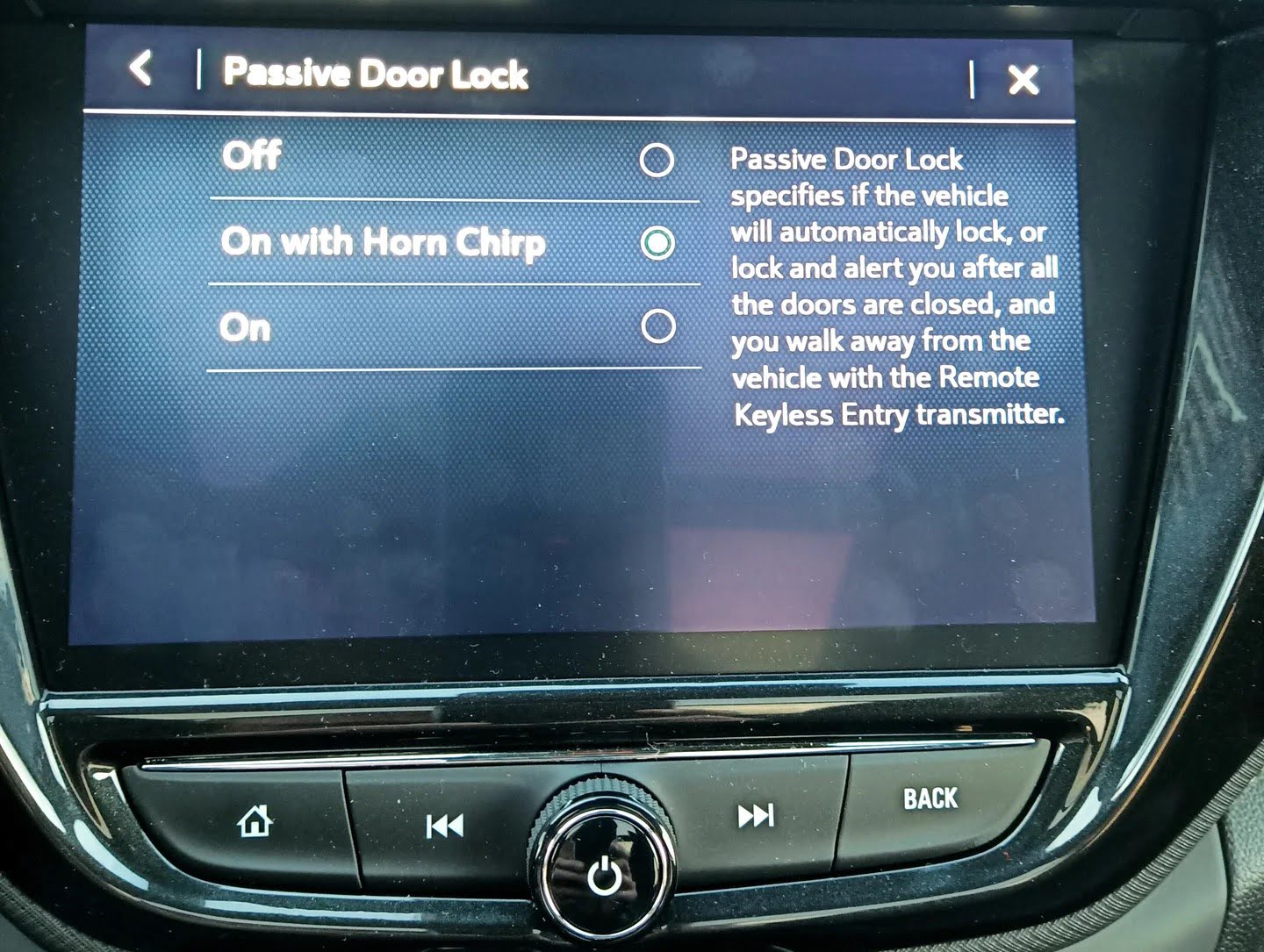

Security & Surveillance
What Is A Passive Door Lock
Modified: January 5, 2024
Learn about the benefits of passive door locks for enhanced security and surveillance. Discover how these innovative locks can improve your home's safety and protection.
(Many of the links in this article redirect to a specific reviewed product. Your purchase of these products through affiliate links helps to generate commission for Storables.com, at no extra cost. Learn more)
**
Introduction
**
Welcome to the world of passive door locks – a revolutionary advancement in home security. As technology continues to evolve, so too does the way we protect our homes and loved ones. Passive door locks represent a significant leap forward in this regard, offering a seamless and convenient approach to safeguarding your property.
In this article, we will delve into the concept of passive door locks, exploring their definition, functionality, benefits, and potential drawbacks. By the end, you will have a comprehensive understanding of this innovative security solution, empowering you to make informed decisions when it comes to fortifying your home.
So, let's embark on this enlightening journey to discover the intricacies of passive door locks and how they can enhance the security and convenience of your living space.
Key Takeaways:
- Passive door locks are like magic locks that automatically secure your home without you having to do anything. They make your home safer and more convenient by using smart technology to keep intruders out.
- While passive door locks offer cool features like remote control and energy efficiency, they also depend on technology and need regular maintenance. It’s like having a super-smart guardian for your home, but you need to take care of it too.
Read more: What Is A Backset On A Door Lock
Definition of Passive Door Lock
Passive door locks, also known as automatic door locks, are a cutting-edge security feature designed to enhance the safety and convenience of residential properties. Unlike traditional manual locks that require physical engagement to secure a door, passive door locks operate autonomously, engaging the locking mechanism without the need for direct human intervention.
These innovative locks are engineered to detect specific conditions or triggers, such as the closure of a door or the absence of movement, prompting them to automatically engage and secure the entry point. This hands-free functionality distinguishes passive door locks from conventional locking systems, offering unparalleled ease of use and peace of mind.
Furthermore, passive door locks are often integrated with smart home technology, allowing users to control and monitor their security systems remotely. This connectivity enables homeowners to receive real-time notifications and access their lock status from anywhere, adding an extra layer of convenience and control to their security setup.
It’s important to note that while passive door locks provide enhanced security and automation, they can also be configured to allow manual operation, ensuring flexibility for users who prefer to override the automatic locking feature when necessary.
In essence, passive door locks epitomize the fusion of advanced security measures with user-friendly design, offering a sophisticated yet accessible solution for modern homeowners seeking to fortify their living spaces.
How Passive Door Locks Work
At the core of their functionality, passive door locks rely on a combination of sensors, actuators, and smart technology to automatically secure entry points without requiring manual intervention. These locks are designed to detect specific conditions or triggers, prompting them to engage the locking mechanism seamlessly and efficiently.
One of the primary mechanisms employed in passive door locks is the use of proximity sensors. These sensors are strategically positioned near the door frame and are calibrated to detect the movement and presence of individuals within their range. When the door is closed, the sensors detect the absence of movement and initiate the locking process, ensuring that the entryway is secured without the need for manual operation.
Additionally, passive door locks often incorporate intelligent algorithms that analyze various parameters, such as time of day, user activity patterns, and environmental factors, to determine the optimal moments for engaging the locking mechanism. This sophisticated approach enables the locks to adapt to the homeowners’ routines and secure the premises proactively, enhancing overall security and convenience.
Moreover, many passive door locks are equipped with connectivity features, allowing them to be integrated into smart home systems. This integration enables users to remotely monitor and control their locks through dedicated mobile applications or smart home hubs. As a result, homeowners can receive instant notifications regarding the status of their locks and exercise remote control over the locking mechanism, offering unparalleled convenience and peace of mind.
It’s important to highlight that while passive door locks excel in autonomous operation, they also provide manual override capabilities, ensuring that users can intervene and control the locking process as needed. This flexibility allows homeowners to adapt the locks’ behavior to their specific requirements, striking a balance between automation and user control.
In essence, passive door locks leverage advanced sensor technology and intelligent algorithms to deliver a seamless and proactive approach to securing entry points, empowering homeowners with enhanced security and convenience.
When installing a passive door lock, make sure to carefully follow the manufacturer’s instructions to ensure proper functionality and security.
Benefits of Passive Door Locks
Passive door locks offer a multitude of benefits that cater to the evolving needs of modern homeowners, combining advanced security features with unparalleled convenience. These innovative locks have the potential to transform the way individuals safeguard their homes, providing a seamless and proactive approach to security. Let’s explore some of the key benefits of passive door locks:
- Enhanced Security: Passive door locks provide an additional layer of security by autonomously securing entry points, reducing the risk of human error or oversight. This proactive approach minimizes the likelihood of unauthorized access, enhancing the overall safety of the property.
- Convenience and Accessibility: The hands-free operation of passive door locks offers unparalleled convenience, especially for individuals with mobility challenges or those carrying items when entering their homes. The automatic engagement of the locking mechanism eliminates the need for manual intervention, streamlining the entry process.
- Smart Home Integration: Many passive door locks are compatible with smart home systems, allowing users to monitor and control their locks remotely. This integration enables seamless connectivity with other smart devices, enhancing the overall efficiency and management of the home security ecosystem.
- Customizable Settings: Passive door locks often feature customizable settings that enable users to adjust the locking behavior based on their preferences. Whether it’s configuring auto-locking schedules or setting up manual override options, these locks offer flexibility to accommodate diverse user requirements.
- Real-time Notifications: With remote connectivity, passive door locks can send real-time notifications to users, keeping them informed about the status of their locks and providing instant alerts in the event of any unusual activity or attempted breaches.
- Energy Efficiency: Some passive door locks incorporate energy-saving features, such as automatic adjustment of lock settings based on environmental conditions or user activity, contributing to overall energy efficiency within the home.
Collectively, these benefits position passive door locks as a transformative addition to residential security systems, offering a harmonious blend of advanced technology, convenience, and peace of mind for homeowners.
Drawbacks of Passive Door Locks
While passive door locks offer a range of innovative features and benefits, it’s essential to consider potential drawbacks associated with their implementation and use. Understanding these limitations can help homeowners make informed decisions when evaluating security solutions. Let’s explore some of the drawbacks of passive door locks:
- Reliance on Technology: Passive door locks are dependent on technology and power sources, which means they may be susceptible to malfunctions or power outages. In the event of a technical issue or loss of power, the autonomous locking mechanism may be compromised, potentially impacting the security of the premises.
- Installation Complexity: The installation of passive door locks, especially those integrated with smart home systems, may require technical expertise and careful configuration. Improper installation could lead to functionality issues or vulnerabilities in the security setup.
- Compatibility Concerns: Integrating passive door locks with existing smart home ecosystems or security systems may present compatibility challenges. Ensuring seamless integration with other devices and platforms requires careful consideration of compatibility requirements and potential interoperability issues.
- User Adaptation: Transitioning to a passive door lock system may require users to adapt to new operational procedures and understand the nuances of the automatic locking process. This adjustment period could lead to user-related errors or misunderstandings during the initial phases of implementation.
- Privacy and Data Security: Smart-enabled passive door locks that communicate over networks may raise concerns regarding data privacy and security. Users must be vigilant in safeguarding their smart home networks and ensuring that the communication channels of their locks are adequately protected against potential cyber threats.
- Maintenance and Upkeep: Like any technological system, passive door locks require regular maintenance to ensure optimal performance. This includes monitoring battery levels, updating firmware, and addressing any technical issues that may arise over time.
While these drawbacks underscore the considerations associated with passive door locks, proactive measures, such as regular maintenance, adherence to installation guidelines, and cybersecurity best practices, can mitigate many of these challenges, allowing homeowners to leverage the benefits of these advanced security solutions effectively.
Read more: What Is A Smart Door Lock
Conclusion
Passive door locks represent a remarkable convergence of advanced security technology and user-centric design, offering a transformative approach to safeguarding residential properties. With their autonomous operation, seamless integration with smart home systems, and a host of user-centric features, these innovative locks have the potential to redefine the way homeowners perceive and experience security.
While the benefits of passive door locks, including enhanced security, convenience, and customization options, are compelling, it’s crucial for homeowners to approach their adoption with a comprehensive understanding of both their advantages and limitations. By acknowledging the potential drawbacks, such as technological dependencies and installation considerations, individuals can make informed decisions when incorporating passive door locks into their security strategies.
As technology continues to advance, the landscape of home security evolves in tandem, offering homeowners an array of options to fortify their living spaces. Passive door locks stand at the forefront of this evolution, embodying the marriage of innovation and practicality to deliver a holistic security solution.
In the pursuit of a secure and convenient living environment, passive door locks emerge as a compelling choice, empowering homeowners with the assurance that their properties are protected by cutting-edge security measures. By embracing the potential of passive door locks while remaining mindful of their considerations, individuals can embark on a journey towards a safer and more connected home environment.
In essence, the advent of passive door locks heralds a new era in residential security, where technology and user experience converge to redefine the very essence of protection and peace of mind within the confines of home.
Frequently Asked Questions about What Is A Passive Door Lock
Was this page helpful?
At Storables.com, we guarantee accurate and reliable information. Our content, validated by Expert Board Contributors, is crafted following stringent Editorial Policies. We're committed to providing you with well-researched, expert-backed insights for all your informational needs.
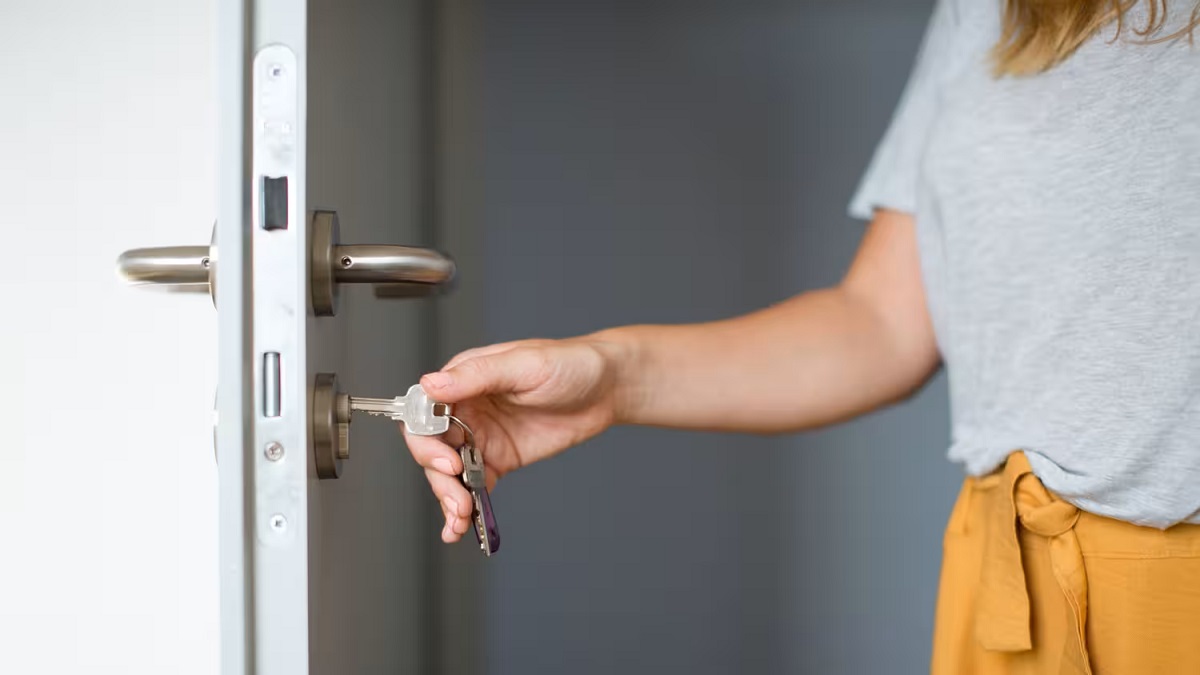
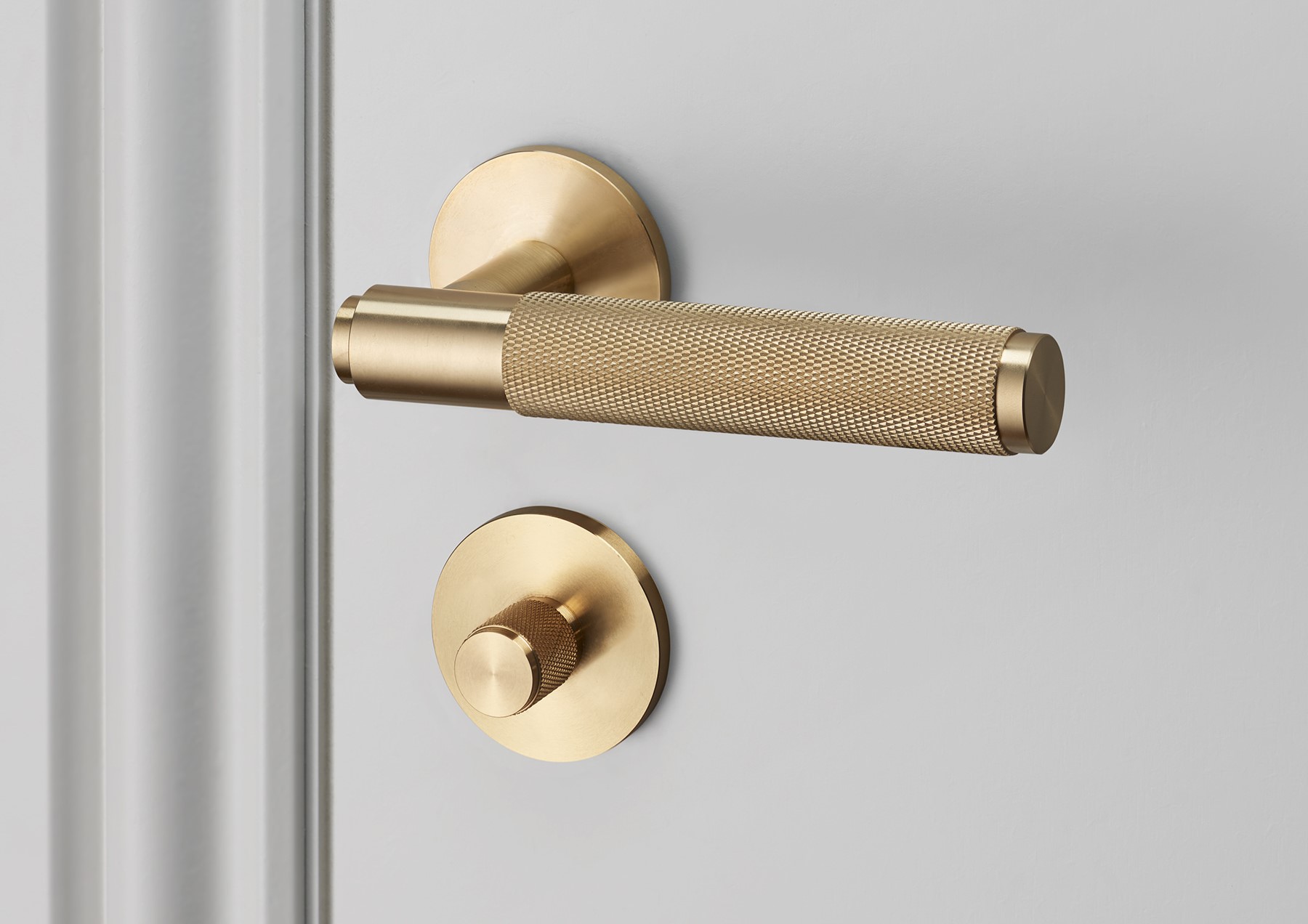
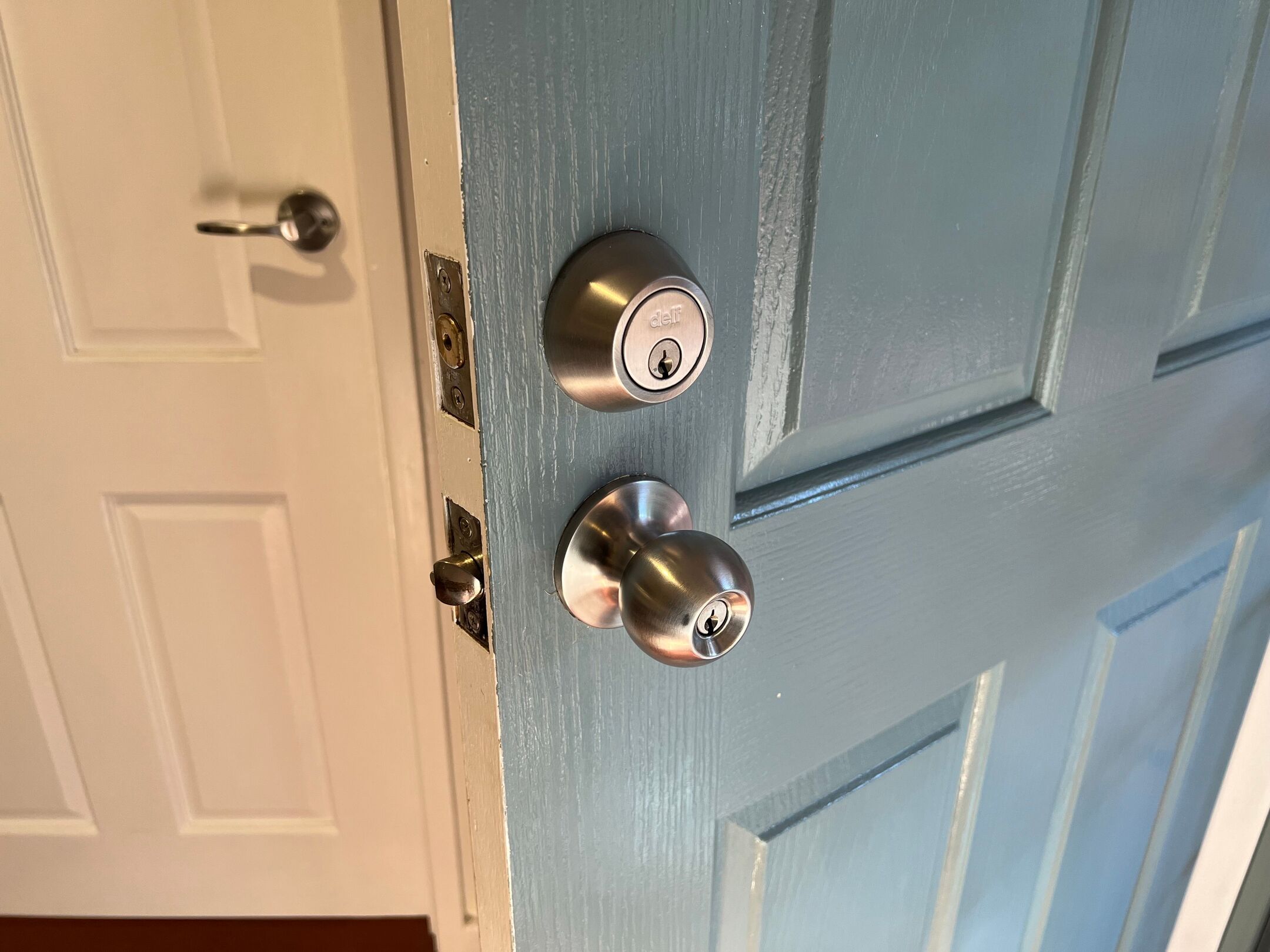
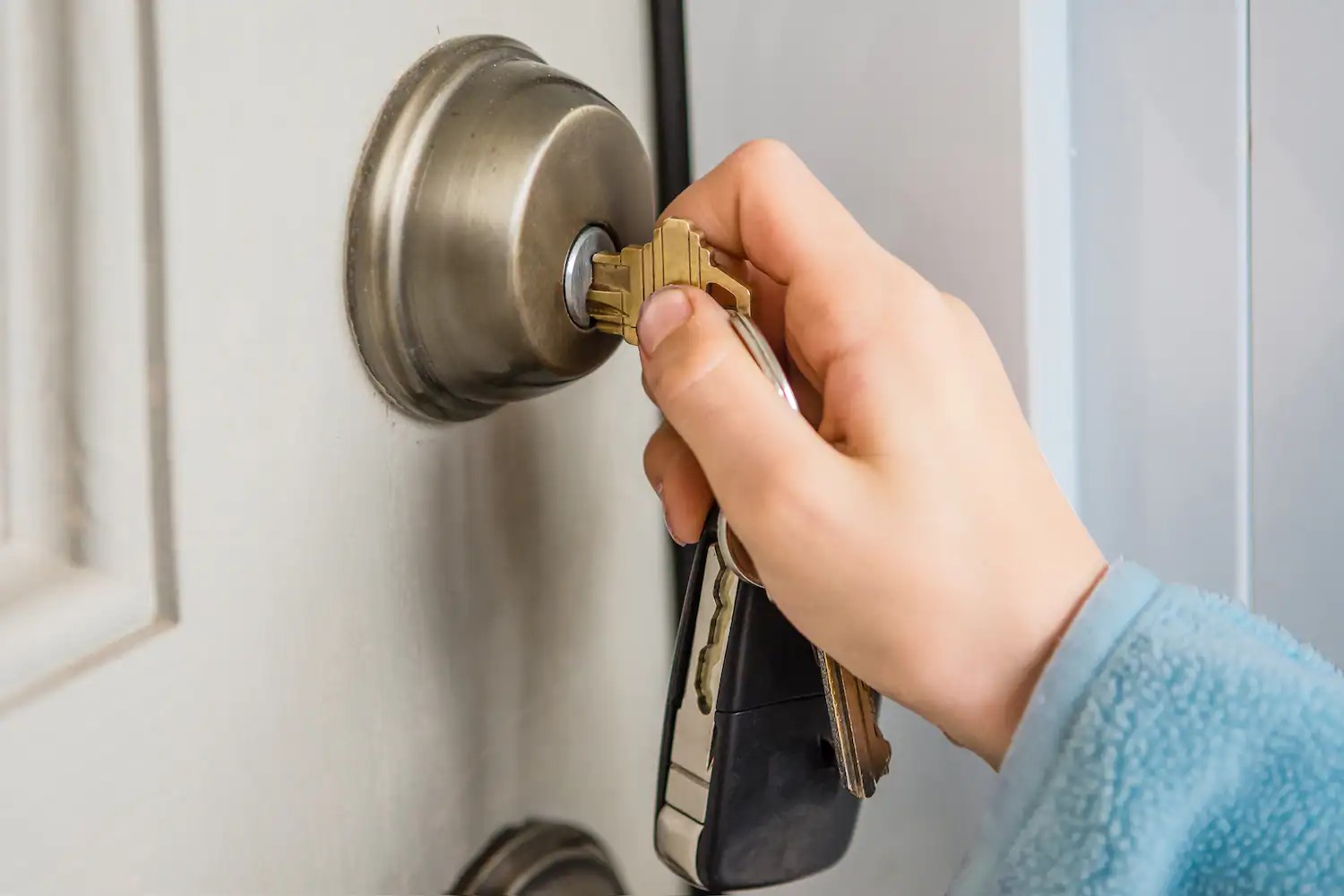
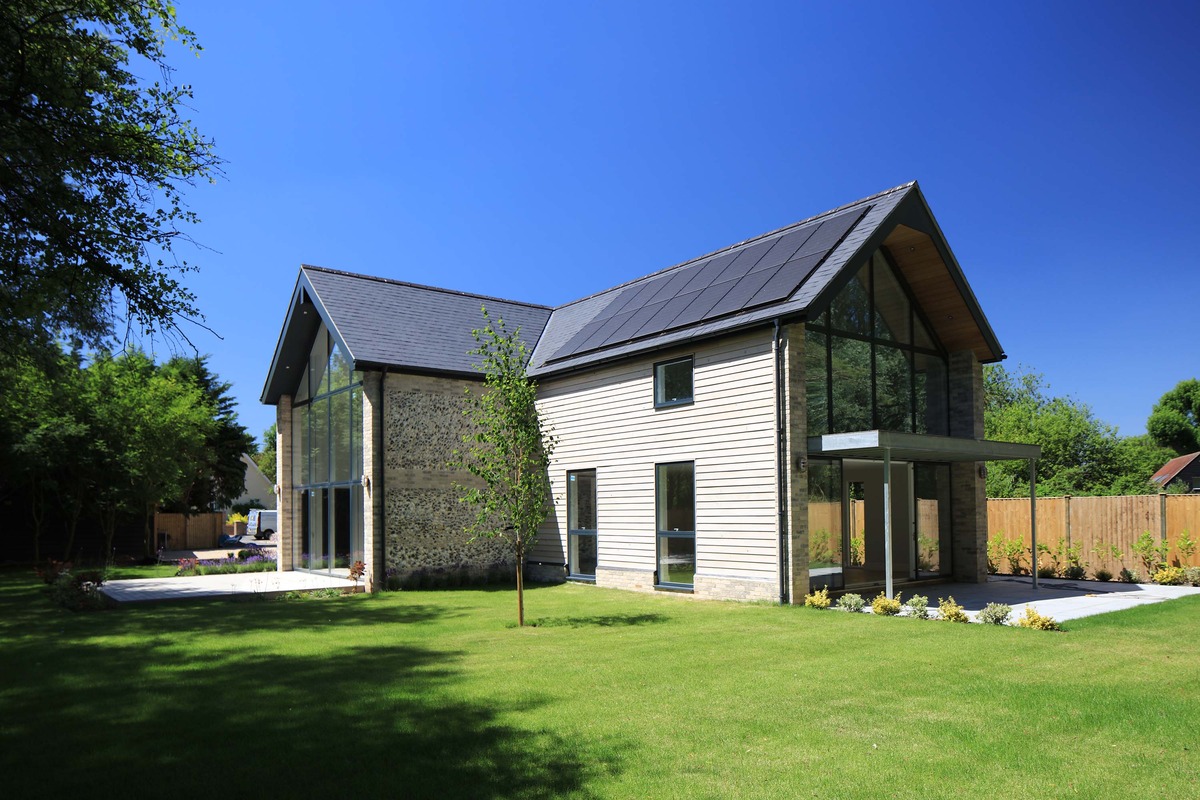
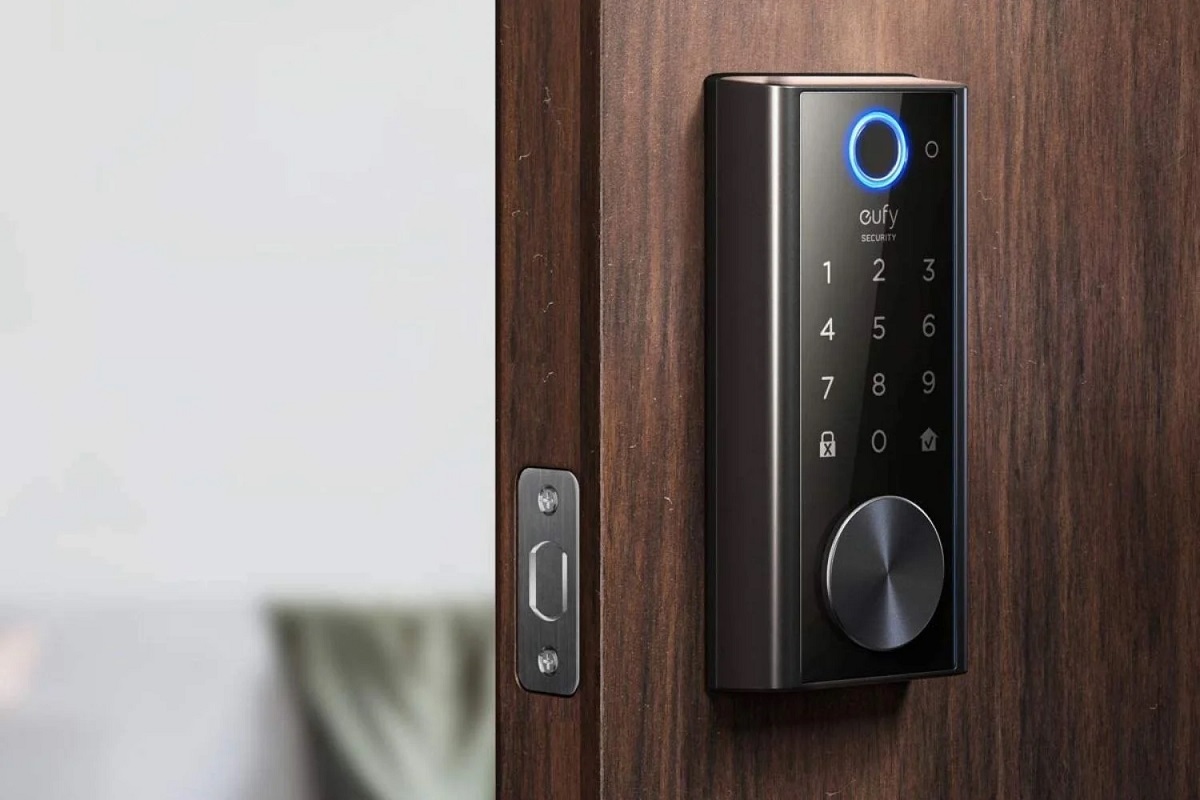
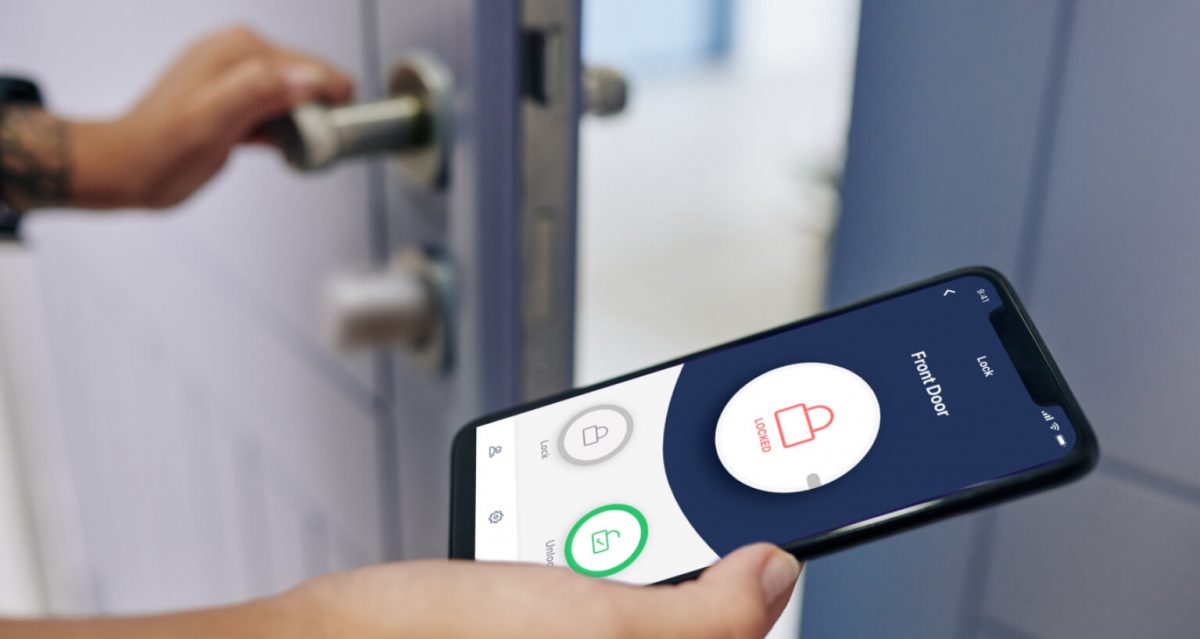
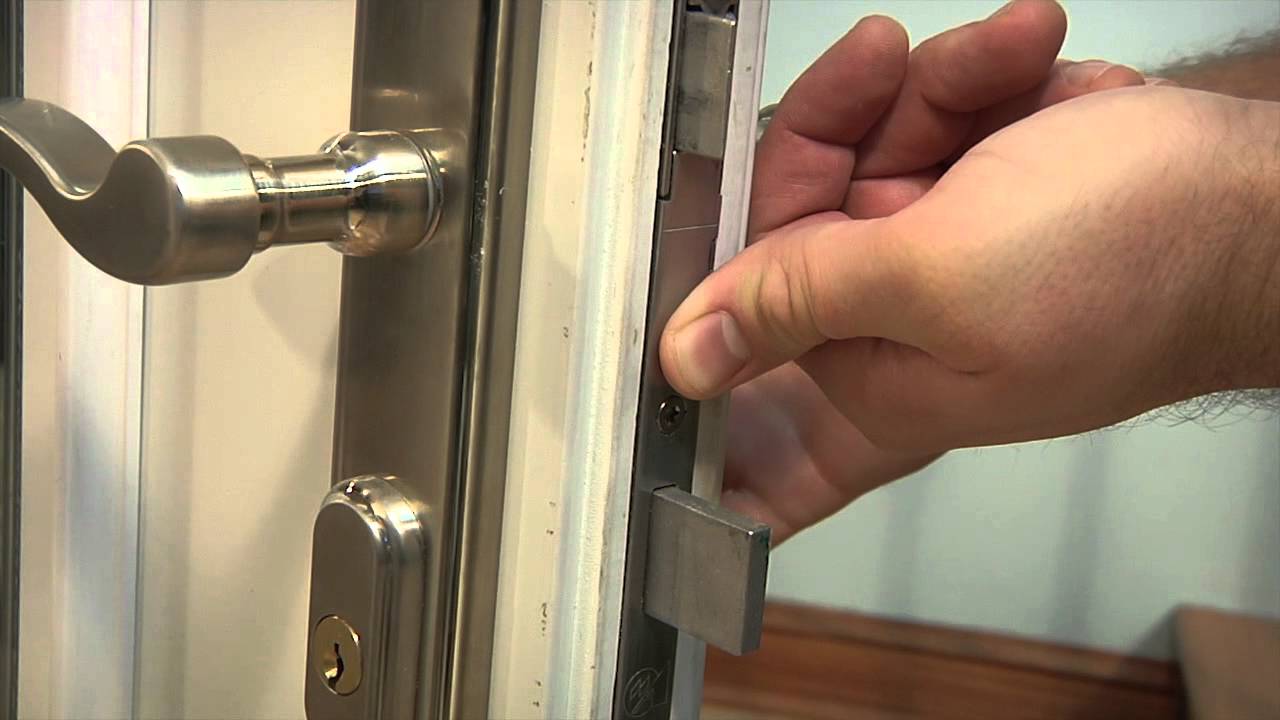
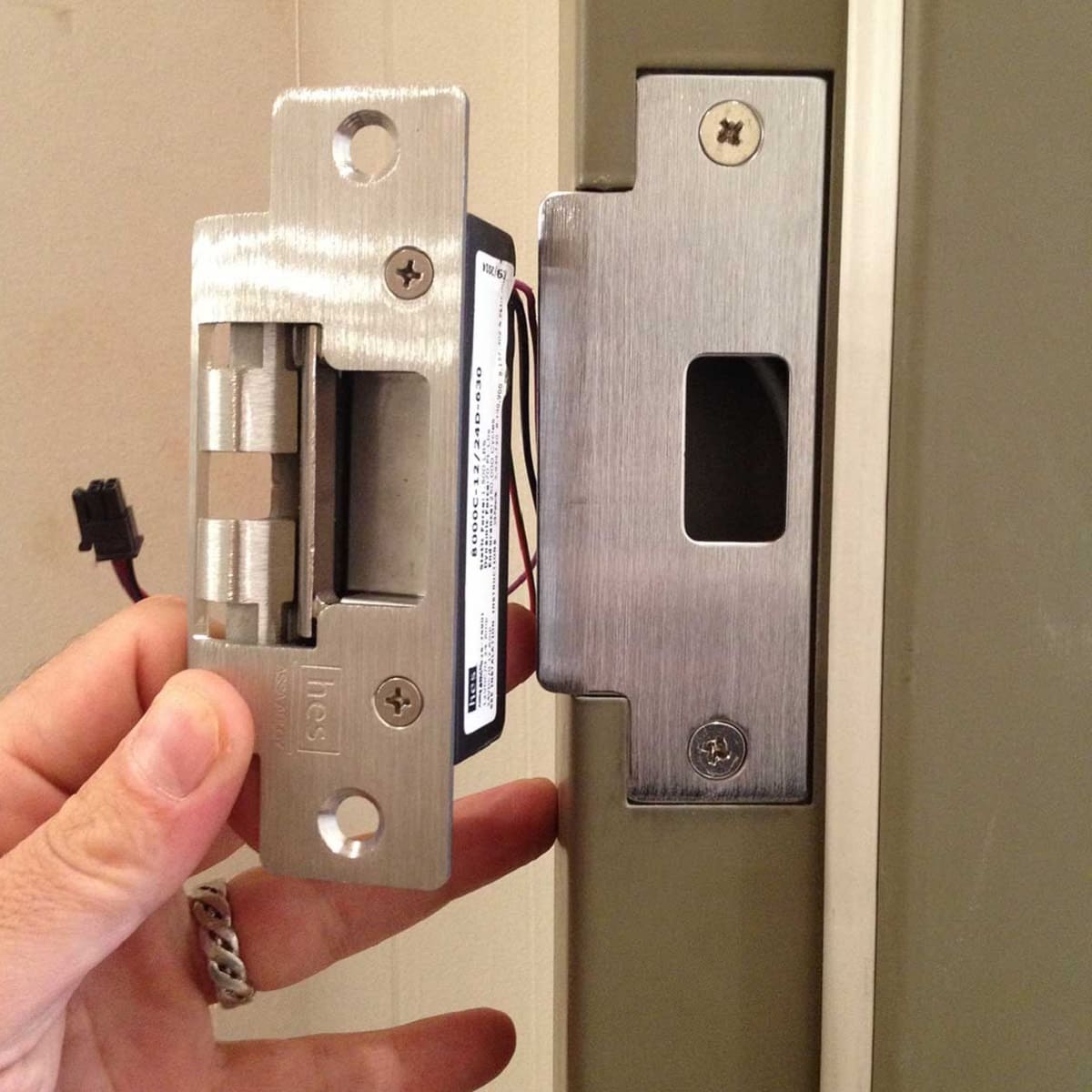
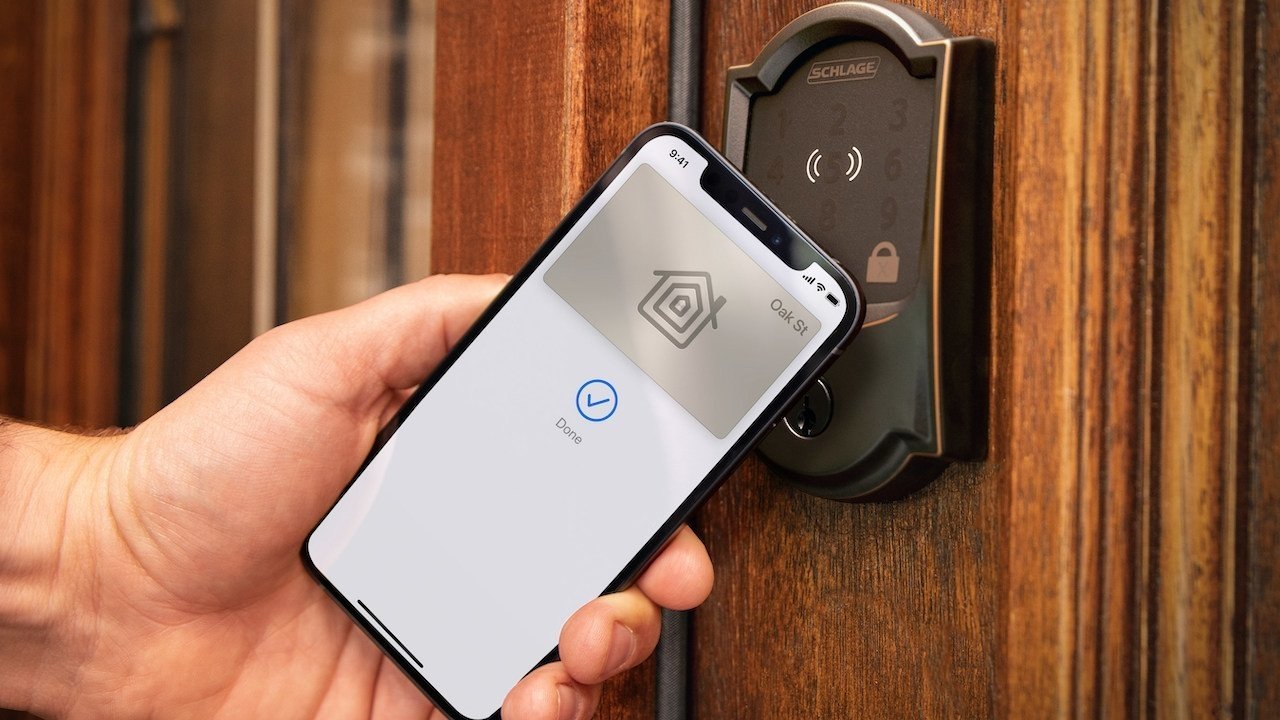
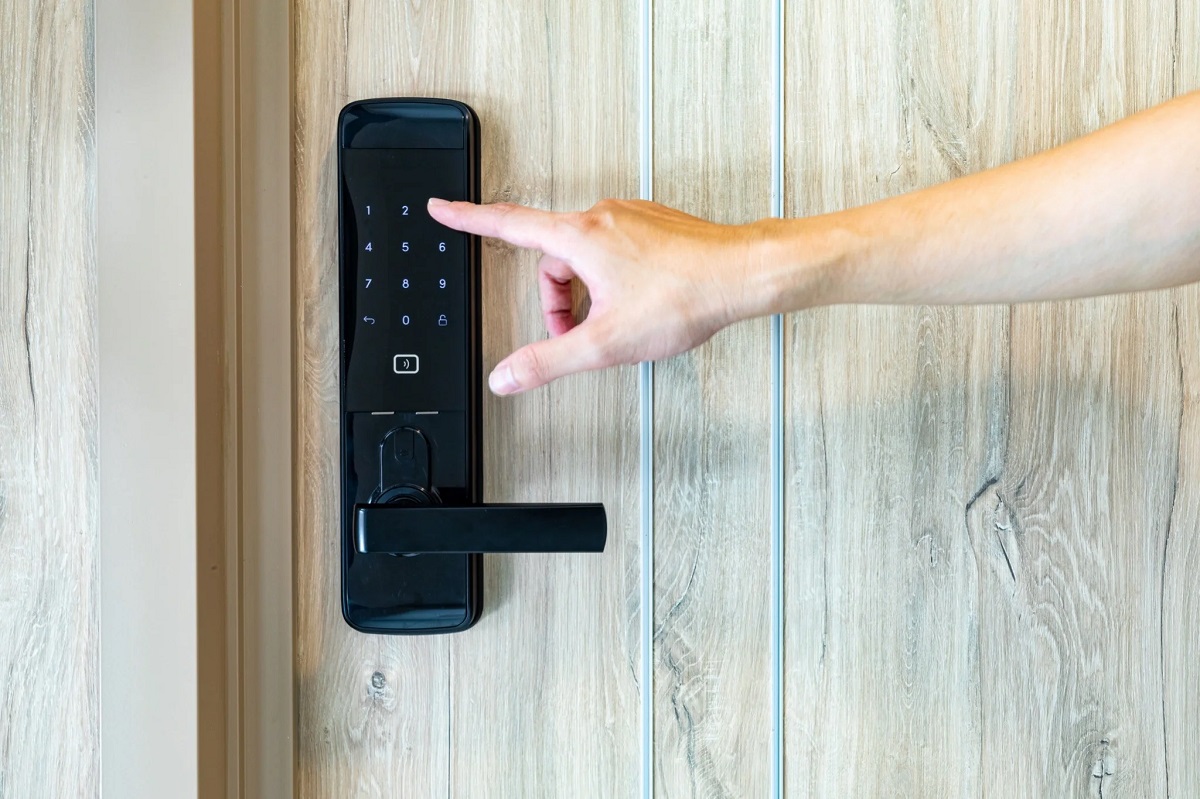
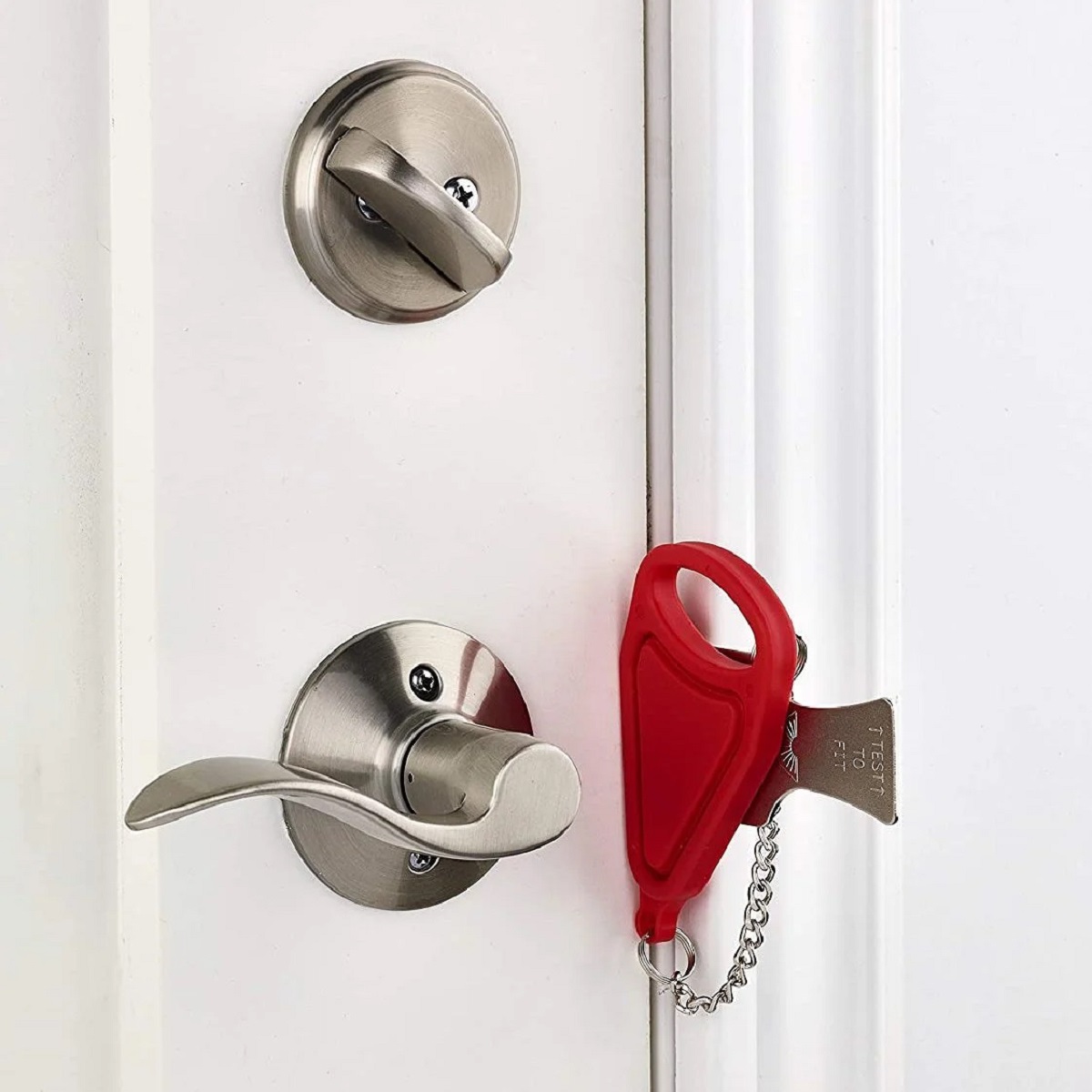
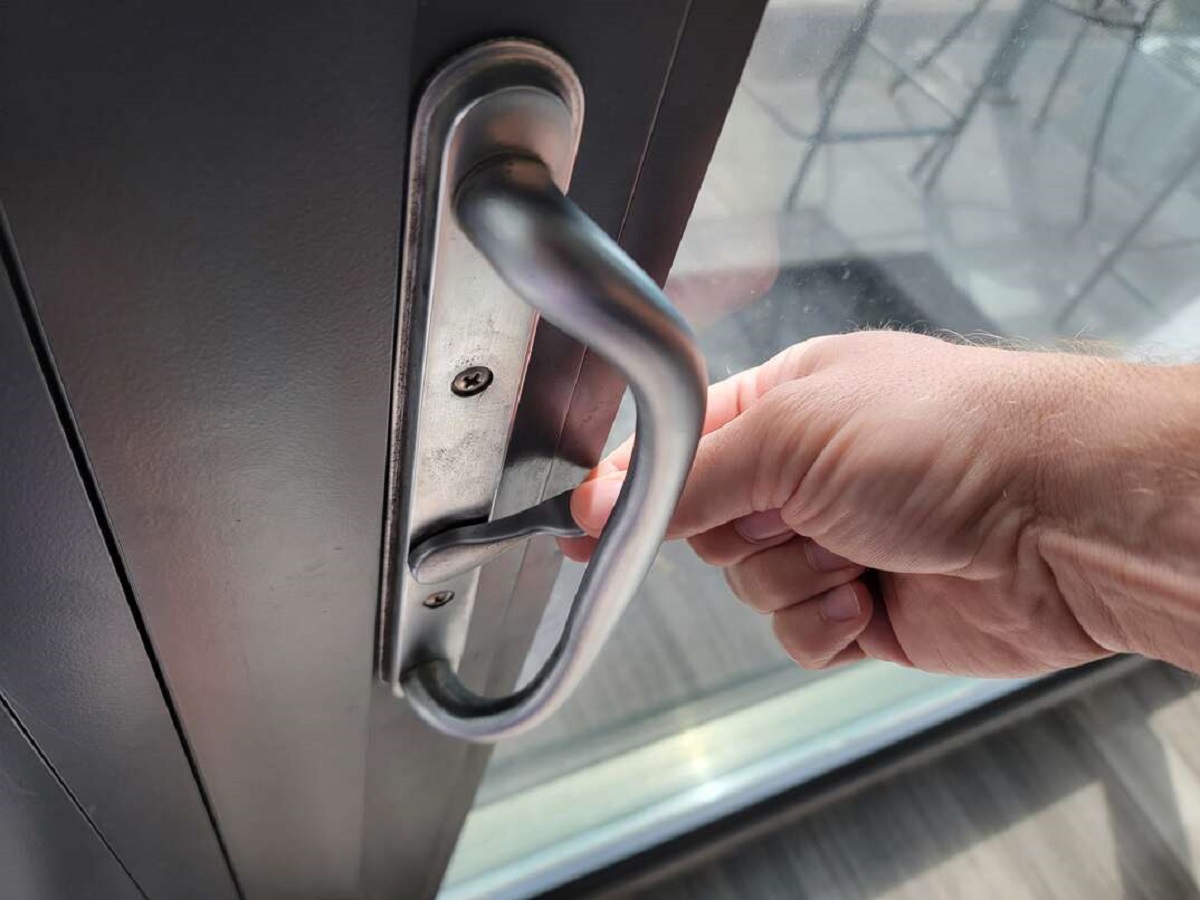
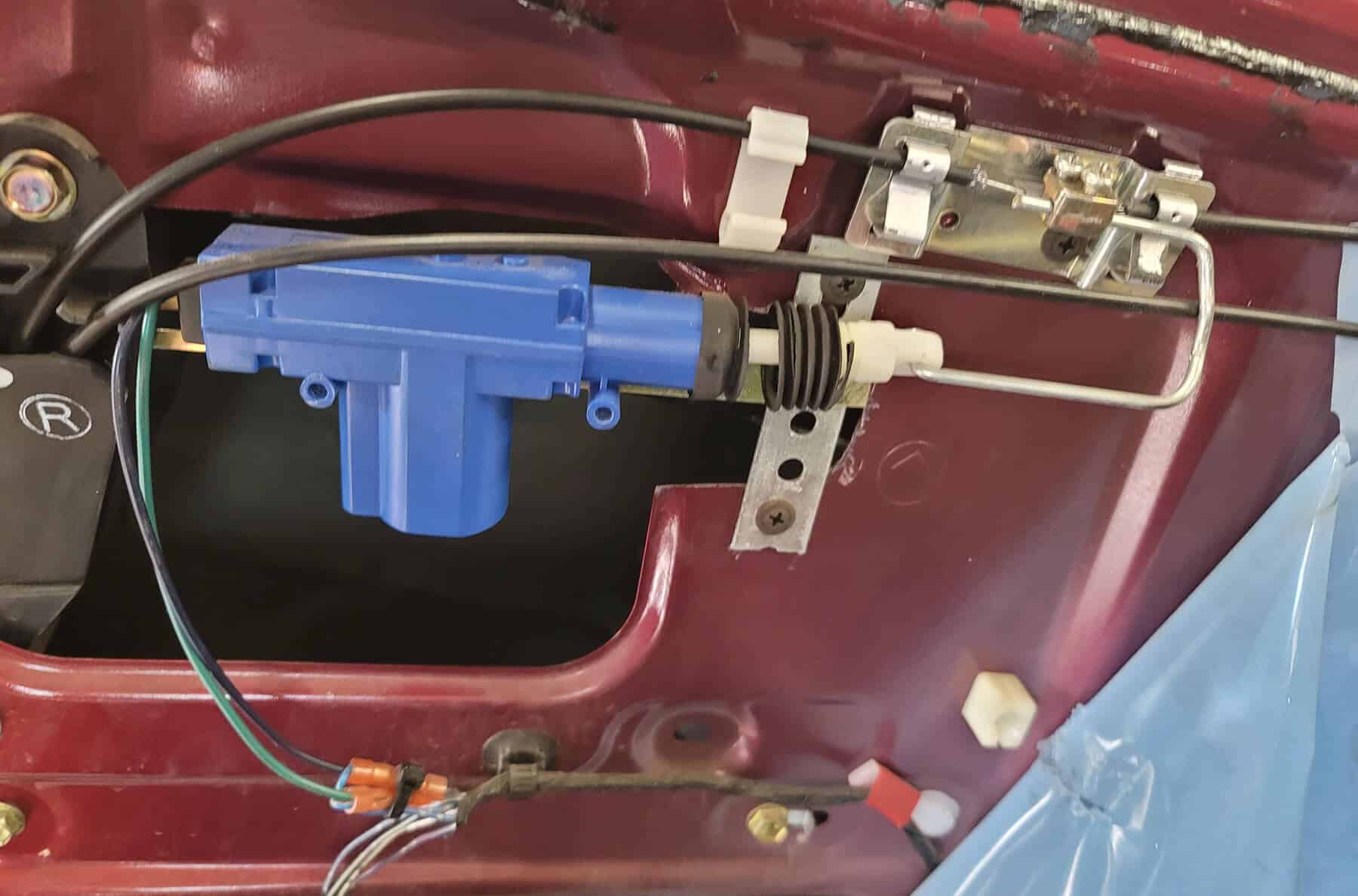

0 thoughts on “What Is A Passive Door Lock”